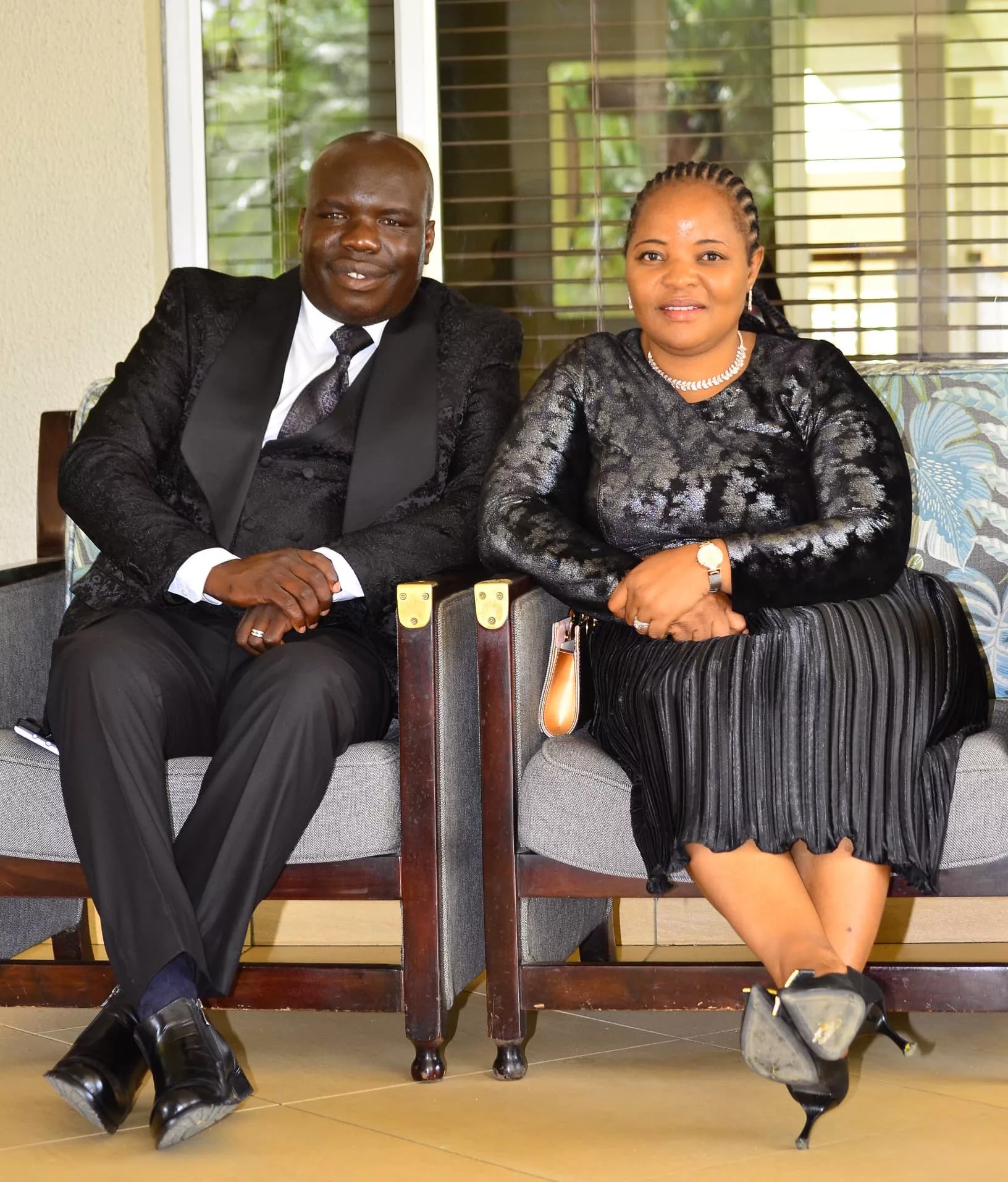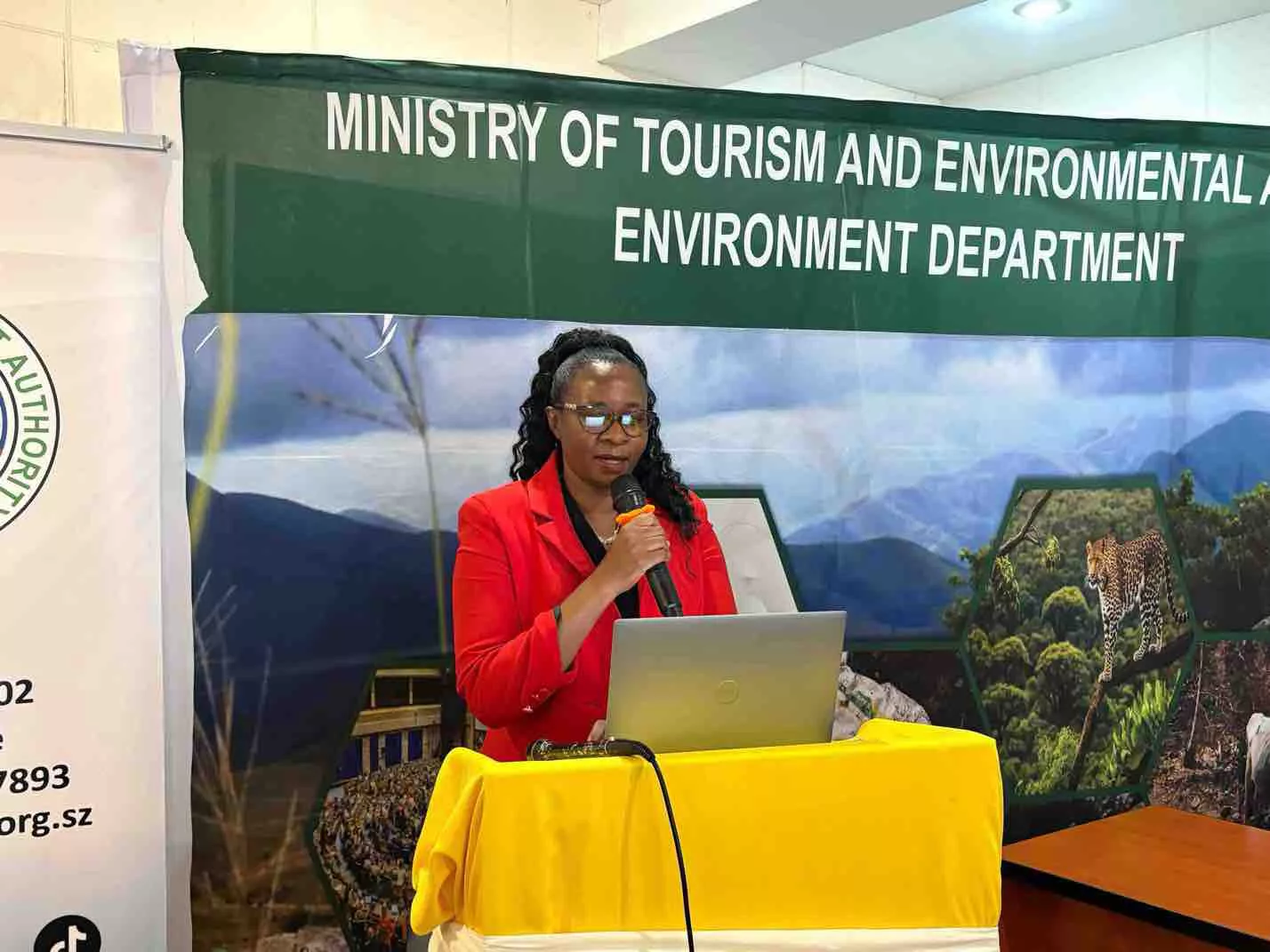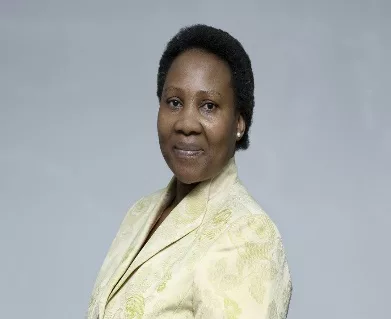By Anyway Yotamu.
The government has procured equipment to increase the national capacity for illegal wildlife trade control, integrated wildlife, anti-poaching, and woodland management of the Protected Area network under the Zambezi Valley Biodiversity Project.
The government has procured various equipment for the project worth USD$12 million from the Global Environmental Fund (GEF) and the United Nations Development Fund (UNDP).
Speaking at the handover ceremony of the equipment, the Minister of Environment, Climate, Tourism and Hospitality Industry, Mangaliso Ndlovu said, “The Government of Zimbabwe received USD$10,025,964 under the Global Environment Facility (GEF) 6 Cycle, and USD2 million from the United Nation Development Program (UNDP) as co-financing of the project. The government is co-financing the project to the tune of USD45 million, mostly through in-kind contribution,” he said.
The Zambezi Valley Biodiversity Project is being implemented in Hurungwe, Muzarabani, and Mbire Districts in the northern part of the country. The project objective is to promote an integrated landscape approach to managing wildlife resources, carbon, and ecosystem services in the face of climate change in protected areas and communal lands of the Mid to Lower Zambezi Regions of Zimbabwe.
The procured equipment is going to be used by different departments and organizations working on the site. These include the Zimbabwe Parks and Wildlife Authority (ZIMPARKS), Environmental Management Agency (EMA), Forestry Commission, and CAMPFIRE Wildlife Conservancies to carry out their duties and deliver the clear outcome of the project which covers over 1,5 thousand square meters of land. The equipment includes laptops, printers, desktops and various IT gadgets to be used by personnel on the ground.
“The expected outcomes of the project are, Increased national capacity for Illegal Wildlife Trade control, and integrated wildlife and woodland management; improved capacity of Protected Area network and CAMPFIRE Wildlife Conservancies to protect globally significant biodiversity of the mid-lower Zambezi region over a total area of 1,616,900 ha; increased area under sustainable management and increased benefits for local communities from Community Based Wildlife Management, Sustainable Forest Management and Sustainable Land Management in established Community Wildlife Conservancies; and lessons learned by the project through participatory monitoring, evaluation and gender mainstreaming are going to be shared nationally and internationally,” said Minister Ndlovu.
“These desired outcomes are born from the multiple challenges the country is facing and these include biodiversity loss, ecosystem degradation, and climate change. Therefore, this project focuses on addressing poaching, illegal wildlife trade, deforestation, human-wildlife conflict, and impacts of climate change as well as improving community livelihoods in one of the country’s key biodiversity hotspots,” added Minister Ndhlovu.
Abedinigo Marufu, the Director of the Forestry Commission thanked the government and donors for the equipment saying it is going to help the communities near the conserved areas from wildlife attacks.
“On behalf of my colleagues who are here, we thank the Ministry, GEF, UNDP, and the project itself including those that were involved in putting together such equipment. We’re now fully equipped with this technology and failure is no longer an option. We’re now equipped to look after our forestry, our animals, and more importantly, our communities who are around those areas will surely benefit from this project,” he said.
In September 2018, government vehicles assisted in increasing the footprint of law enforcement in the project area and beyond. With the 22 vehicles, given the magnitude of the challenges in protecting wildlife, a lot of support and resources are still required for the management of the environment and natural resources across the country.






